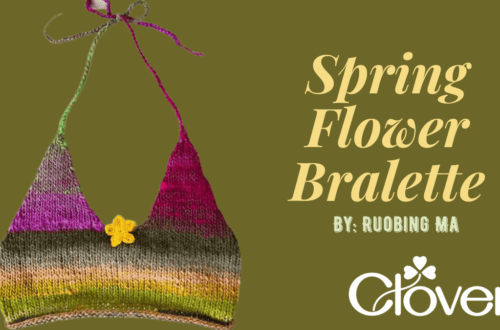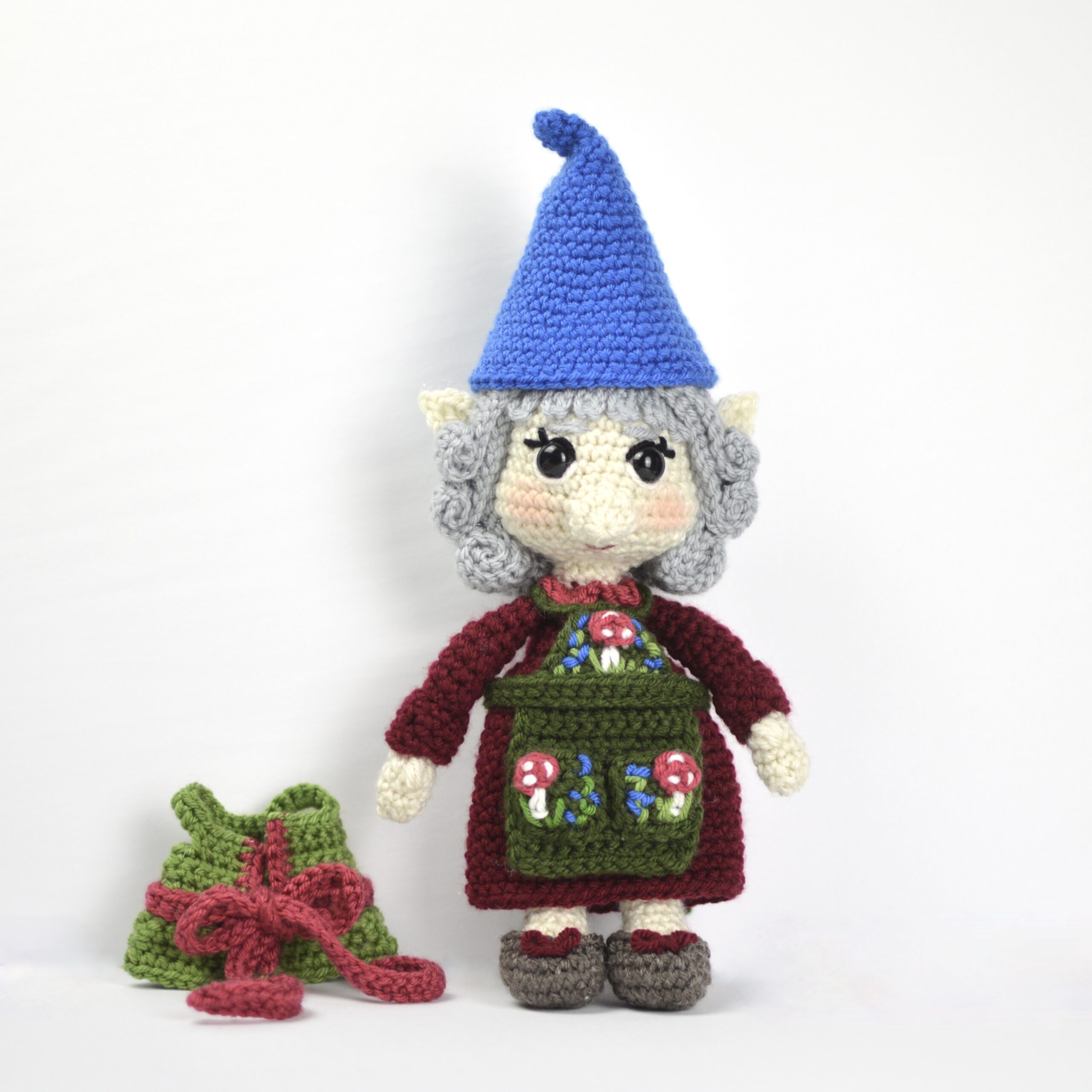Ironing Board Cover Sewing Tutorial




- Fabric for option #1: 1-1/2 yards of fabric #1 and 1/4 yards each of fabric #2 and #3
- Fabric for option #2: 1-3/4 yards of fabric
- Fabric for binding (both options): 3/8 yards of contrasting fabric
- Quilt batting: two pieces cut approximately 20 inches x 60 inches (one of Insul-Bright and one of Warm and Natural batting)
- Elastic: 3 yards of 1/4 inch
- Scissors
- Clover Fabric Marking Pen
- Clover Clip ‘n Glide Bobkin
- Clover Wonder Clips
- Clover Rotary Cutter

Instructions
Step One: Lets make our binding first and get that out of the way, while our ironing board is still usable! Cut your binding fabric into four 2.5 inch strips by width of fabric (width of fabric is typically 44 inches), being sure to cut off the selvedge of each strip.

Step Two: Sew each strip together, creating a long strip of fabric approximately 165 inches long.
Step Three: Iron the long strip, with seams going one direction. Then iron in half, lengthwise. Set this long binding strip aside for now. (I like to roll mine up, as it holds the fold in place and keeps it from getting wrinkled until you are ready to use it.)

Step Four: (NOTE: Step Four and Step Five are for Option #1, using 3 different pieces of fabric. If you choose to use only one piece, skip to Step Six.) Cut fabric #1 to size 20 inches wide and 42 inches long. Cut fabric #2 to size 20 inches wide by 8 inches long. Cut fabric #3 to size 20 inches wide by 11 inches long. (Set aside remaining fabric for another project!)
Step Five: Sew fabric pieces #2 and #3 together and then sew them to fabric #1. (NOTE: be sure they are in order when sewn together for the final strip… #1, #2, and #3. See example on picture below.) Press the seams to one side. Skip to Step Seven.

Step Six: (NOTE: Step Six is for Option #2.) Cut your fabric in half lengthwise so that it measures approximately 22 inches wide by 60 inches long and press well. (Set aside remaining fabric for another project! )
Step Seven: Now you can remove the old ironing board cover and padding from your ironing board. Mine was super gross!

Step Eight: Lay your prepared fabric onto the floor, right side facing down.
Step Nine: Turn your ironing board upside down and place on top of the fabric. Take the time to carefully center it. If you have chosen Option #1 with the added fabric strips be sure that the small strips are on the wide end of the ironing board.

Step Ten: Using a small ruler and Clover fabric marking pen, measure approximately 3 – 3.5` inches from the edge of the ironing board and make little marks all the way around. Once you have done that, use your pen to draw a line, connecting the marks.

Step Eleven: Cut along the marked line all the way around. It doesn’t have to be perfectly smooth.

Step Twelve: Set aside your cut fabric piece, carefully draping it so that it doesn’t wrinkle.
Step Thirteen: Now lay one layer of the Insult-Bright batting on the floor with your ironing board on top of it as you did in Step Nine. Cut the batting about two inches wider than the ironing board; no need to mark it as it doesn’t have to be exact. I just eye-balled it and it worked fine. Repeat with the second layer of Warm and Natural quilt batting only this time cut it exactly the size of the ironing board.

Step Fourteen: Turn your ironing board upright. Place the smaller piece of batting on the board first with the larger piece draped over that. Set it aside for now.

Step Fifteen: Now lets sew the binding to the fabric cover. Place the binding on the fabric cover, with raw edges together starting about mid-way on one long side. I use Clover Wonder Clips to hold it in place. Clip in place all the way around.

Step Sixteen: Begin sewing a few inches from one end, leaving a tail. Sew a 1/4 inch seam allowance all the way around, removing your Wonder Clips as you go.

Step Seventeen: Stop a few inches away from where you started and remove the cover from the sewing machine. Overlap the two ends 1/2 inch and cut the remaining binding off. I marked the cut line with my fabric marking pen. (Set aside remaining binding for another little project.)

Step Eighteen: Open these two edges and sew them together with a 1/4 inch seam.

Step Nineteen: Fold the binding back in place, finger press the joint seam. Sew it with a 1/4 inch seam to close the gap.

Step Twenty: Once binding is sewn on, carefully clip the seam allowance around the curves on both the front and end of the ironing board cover. Be careful not to clip through the seam.

Step Twenty-One: Finger press your binding down to the inside of the ironing board cover and sew an 1/8 inch top stitch all the way around. I did not bother to pin in place, but you can if you think you need to.

Step Twenty-Two: After you have sewn the outside edge, you will now sew the inside edge, creating a channel to run your elastic through. I only pinned the corners, as you’ll want to take up that slack in the binding. Don’t worry if it doesn’t look super neat; it will be hidden! Sew right along the inside edge of the binding fabric, stopping an inch from where you started. In order to remind myself to stop sewing and leave that opening, I marked a line at my “stop” point with my fabric marking pen. (Also, it doesn’t really matter where you have this opening but I chose to have mine at the wide end of the ironing board so I started and stopped my sewing there. This opening will NOT be closed.)








